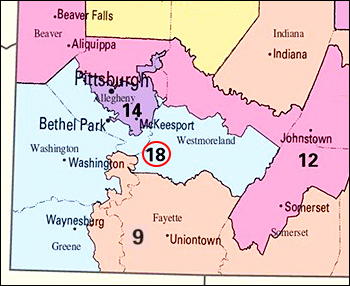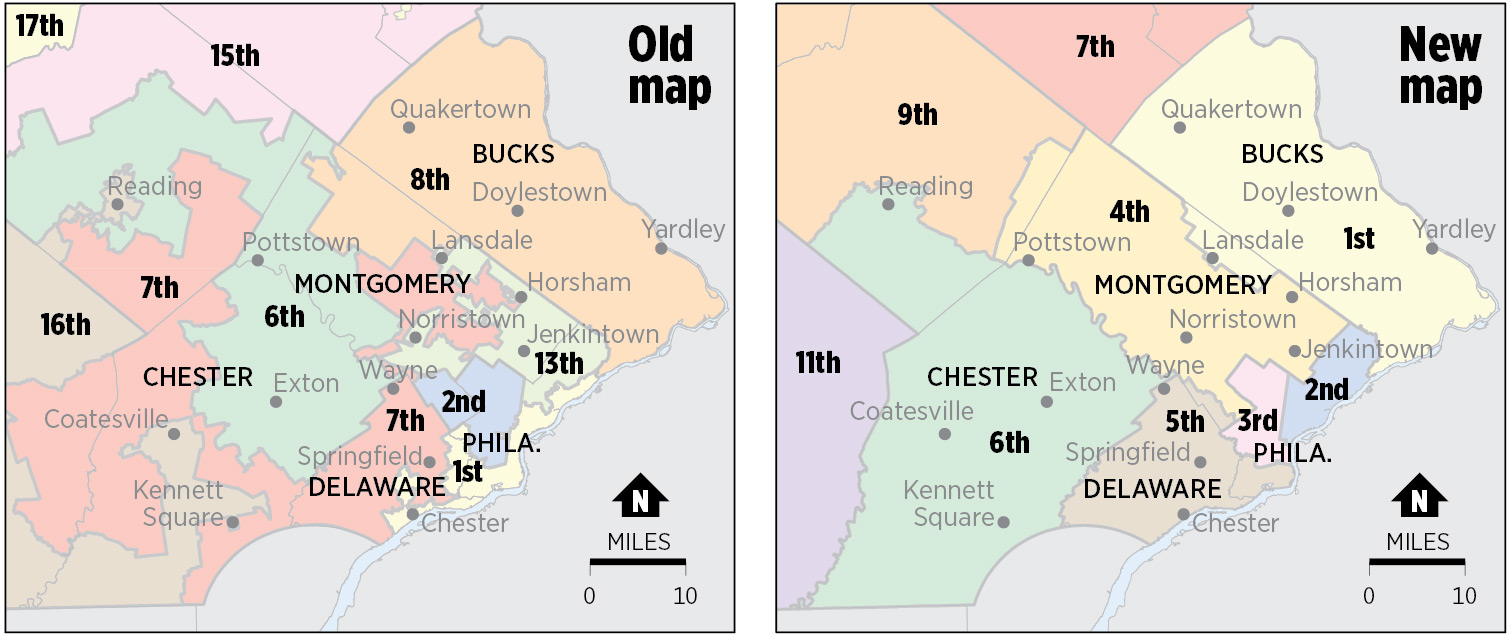By Jim Ellis
March 19, 2018 — Though Tuesday’s special election results in western Pennsylvania are not yet even finalized, the two candidates, and others, are making decisions about where to run in the regular election cycle. After the state Supreme Court created a new congressional map for the coming election, they lengthened the candidate filing period from one that closed March 6 to a new deadline of tomorrow, Tuesday, March 20.
Republicans are formally challenging the new map in federal court. A three-judge federal panel has already heard their arguments and the GOP leaders also filed a motion to stay the state court’s mapping decision with the US Supreme Court. Since no ruling has yet come from either judicial panel, incumbents and candidates must move forward with the qualifying process assuming the new map will stand.
Under Pennsylvania election law, congressional candidates must obtain 1,000 valid signatures from registered party members to qualify for the ballot. Since such a process obviously requires time, all candidates, including Rep.-Elect Conor Lamb (D-Pittsburgh) and defeated Republican candidate Rick Saccone, must determine where they will run under this new and very different Keystone State congressional map.






